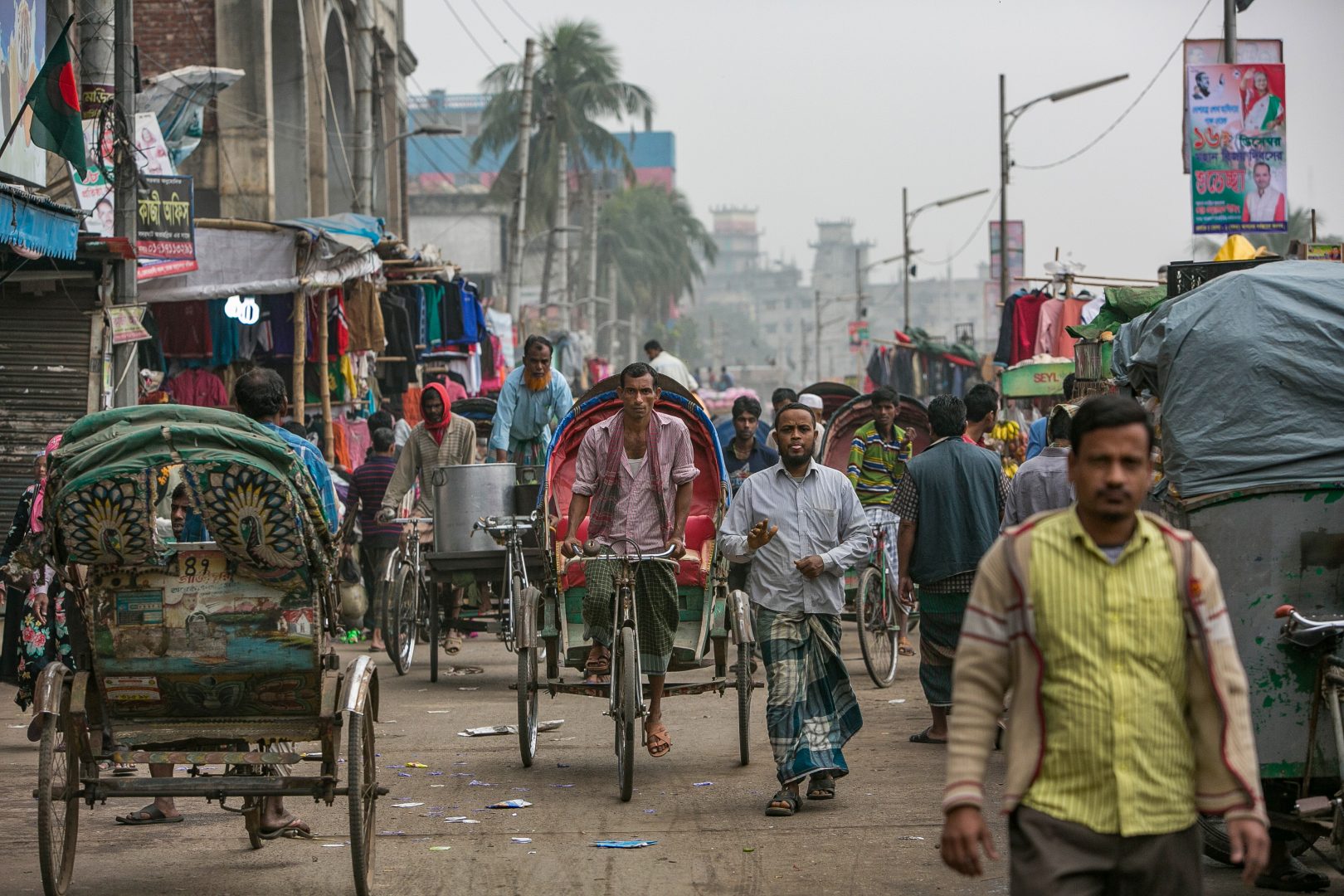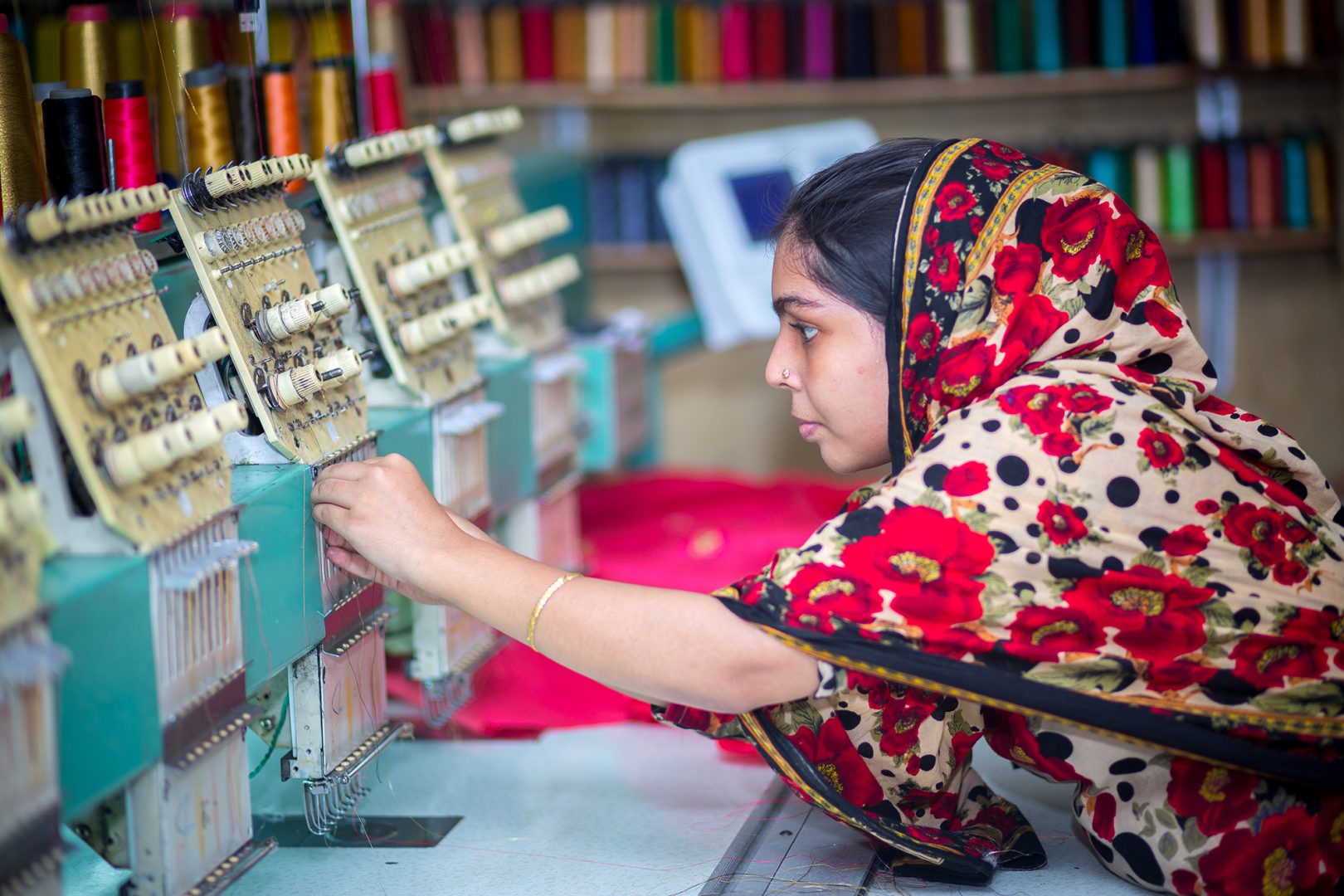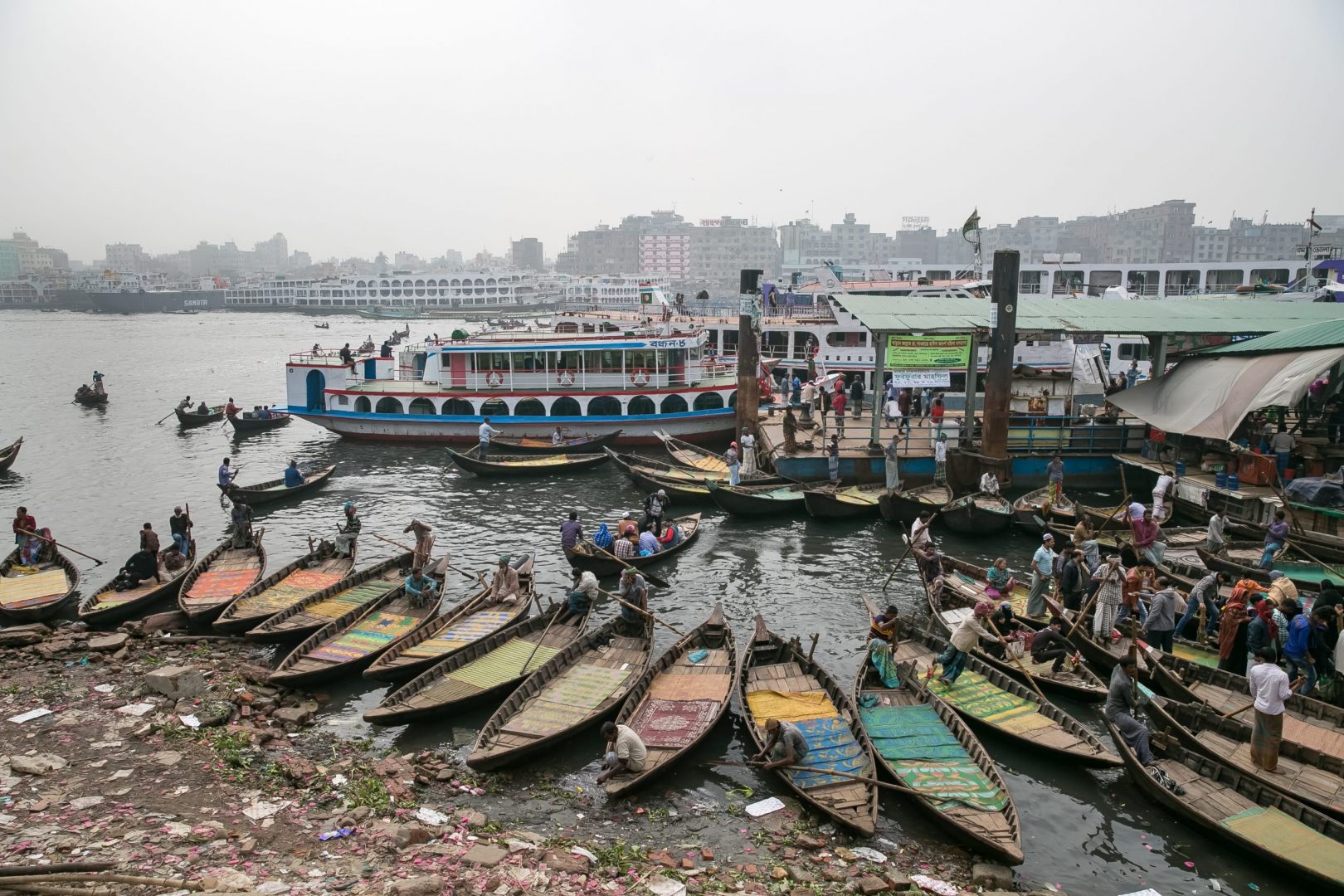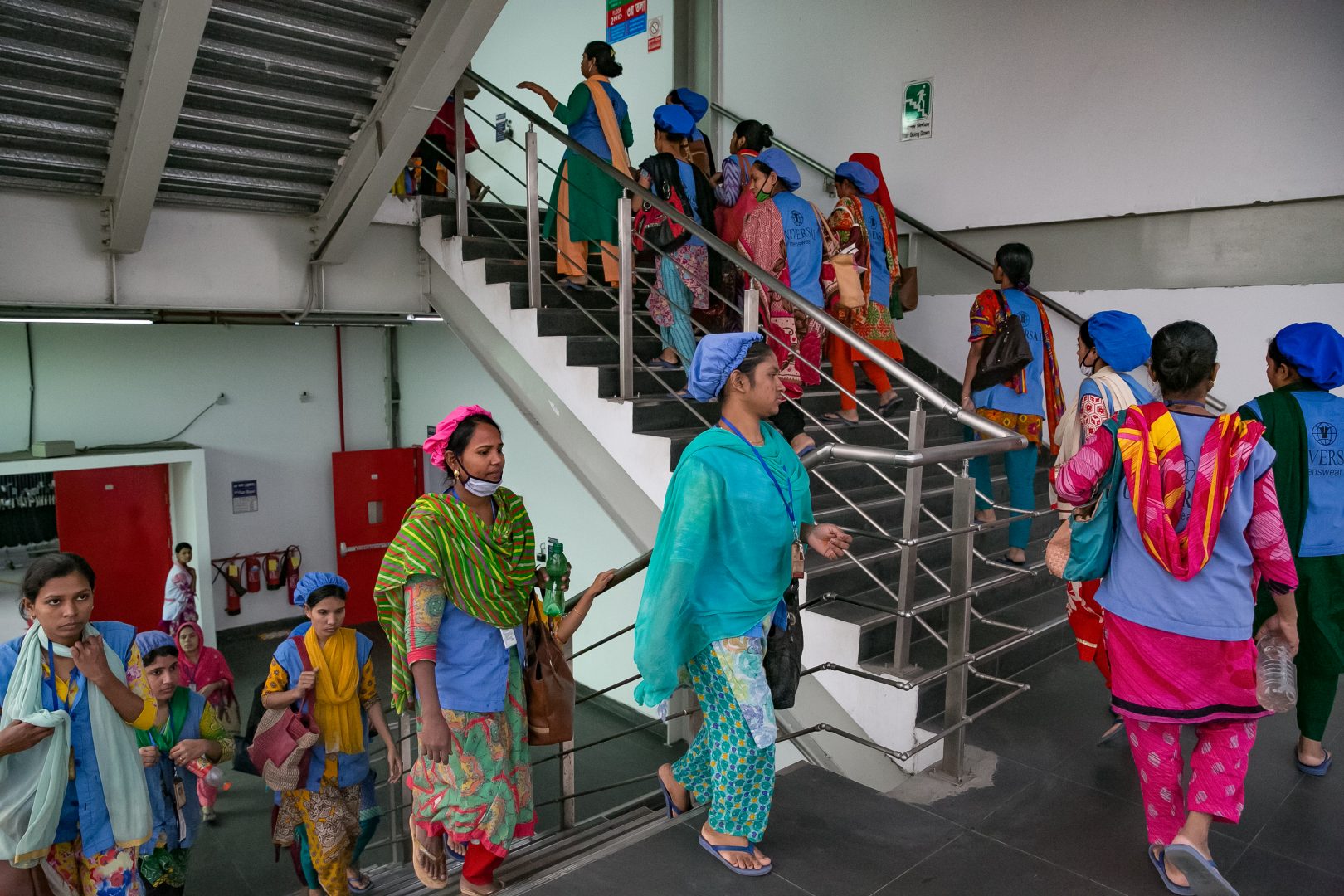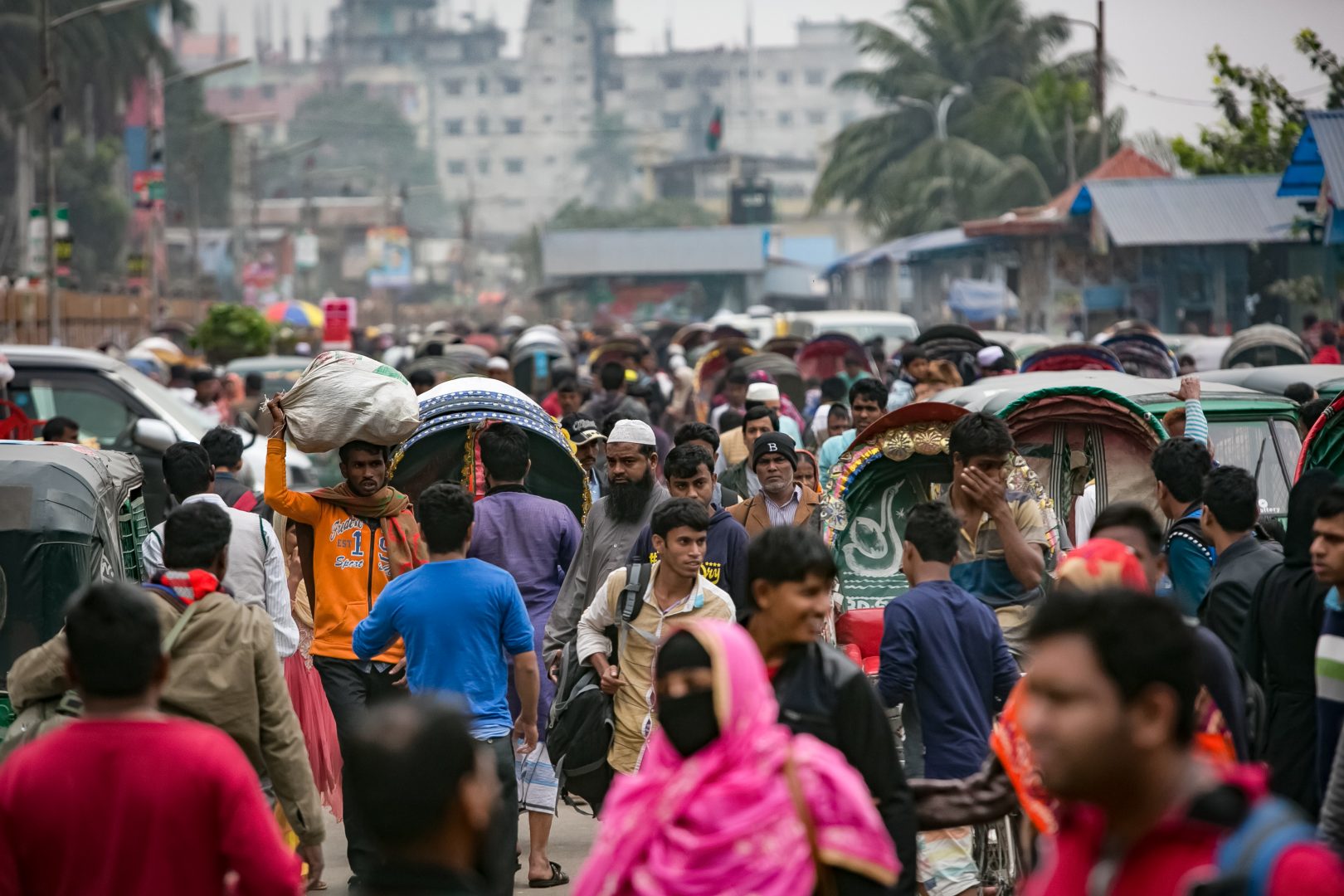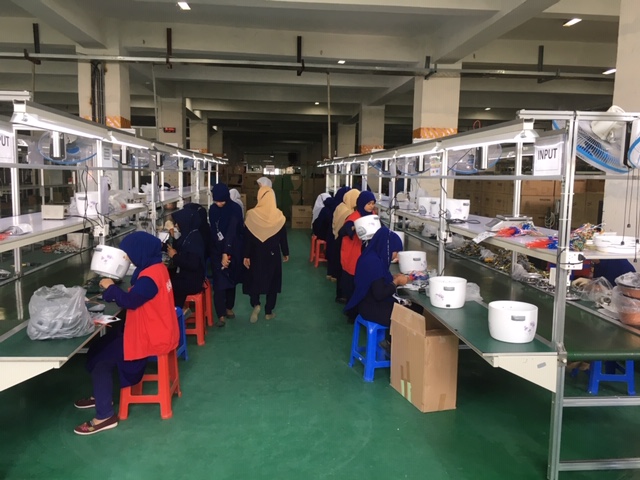What are the opportunities for investment in Bangladesh?
Bangladesh’s recent economic development journey has – so far – been a successful one. The country has a nearly unmatched growth rate with GDP expected to rise to 7 per cent in 2020, meaning GDP per capita is on course to surpass India by 2030. Poverty has rapidly reduced from over 40 per cent in 1991 to around 14 per cent in 2016/17, according to the World Bank. The largest least developed country (LDC) in the world in terms of both population and economic size, Bangladesh hopes to graduate from the UN’s LDC category in 2024.
The country has been hailed by The Economist as the new Asian Tiger. And the investor appetite reflects this. Last year it received its highest ever level of foreign direct investment (FDI) at $3.61 billion, according to the United Nations Conference on Trade and Development. This sharp rise illustrates the untapped potential within the domestic market and the lack of FDI Bangladesh has attracted until recently.
Bangladesh is following similar development reforms to those experienced by India in recent years and we believe it could emerge as one of the strongest economies in the region. We’ve been investing in Bangladesh for more than ten years and are excited by the country’s potential economic growth and the benefits this can bring to its people. The majority of our portfolio value (80 per cent) is in infrastructure, but our investments span a number of sectors including communications, manufacturing and trade. We are particularly interested in financial institutions, domestic manufacturing and infrastructure.
With a population of just over 160 million, the country has a strong consumer demand and the consumer goods market, ranging from white goods and clothes to fintech, is growing fast. We’re invested in RFL Electronics, an electronic goods manufacturer and one of the largest employers in the country outside of the garment industry. This investment has shown that producing these goods domestically can help to make them more affordable and drive consumption – and further develop the strength of the domestic manufacturing base. Furthermore, as an investor and partner to RFL, we’ve been able to help implement key environmental and social changes, which can bring real added value to a business and help its ambitions to expand into international markets.
Beyond manufacturing, we’ve seen diversification within the economy. More than half of GDP – around 45 per cent – is generated through the service sector, and 45 per cent of Bangladeshis are employed in the agriculture sector, with rice the single-most-important product, and jute and cotton production also prevalent. There are opportunities to develop the country’s burgeoning service industry and the rise in population and GDP growth has knock-on effects into other areas of the economy such as the need for infrastructure development.
Yet despite the progress the country has seen in recent years, and despite the significant investment potential, challenges remain. Whilst FDI has sharply increased in the last year, it still accounts for less than one per cent of GDP, which the World Bank cited as insufficient in a development update report earlier this year. There are still 37 million people living in poverty in Bangladesh; 21 million of whom live in extreme poverty. For development to continue at its current rate, it’s vital that there’s an increase in the number of investors committing to the market for the long-term.
Some critical challenges prevent investors from making long-term commitments. The country still lags in the World Bank’s Ease of Doing Business Index, ranking 176 out of 190 in 2018. Regulatory uncertainty and lack of communication between regulatory bodies as well as inconsistencies in policy implementation also contribute to risky market conditions for commercial investors.
So what can a long-term investor like CDC do to encourage more investment into Bangladesh?
Firstly, our own investment can help to develop the local capital market. We’ve also been supporting the UK’s Department for International Development to work alongside businesses to accelerate improvements in the country’s governance infrastructure. These potential reforms could reduce inefficiency and bureaucracy, to ultimately make the country more accessible for commercial funds. And we’ve been working with other DFIs to engage with regulators to remove restrictions on capital repatriation, eliminating a key concern for foreign investors.
It’s through these efforts to shape the investment environment that we seek to mobilise further investment in the country, as we continue to build on our experience in supporting sustainable development in Bangladesh.
Insight is our series of practical lessons on private sector investment and development, based on our experiences. Sign up to our monthly newsletter.
